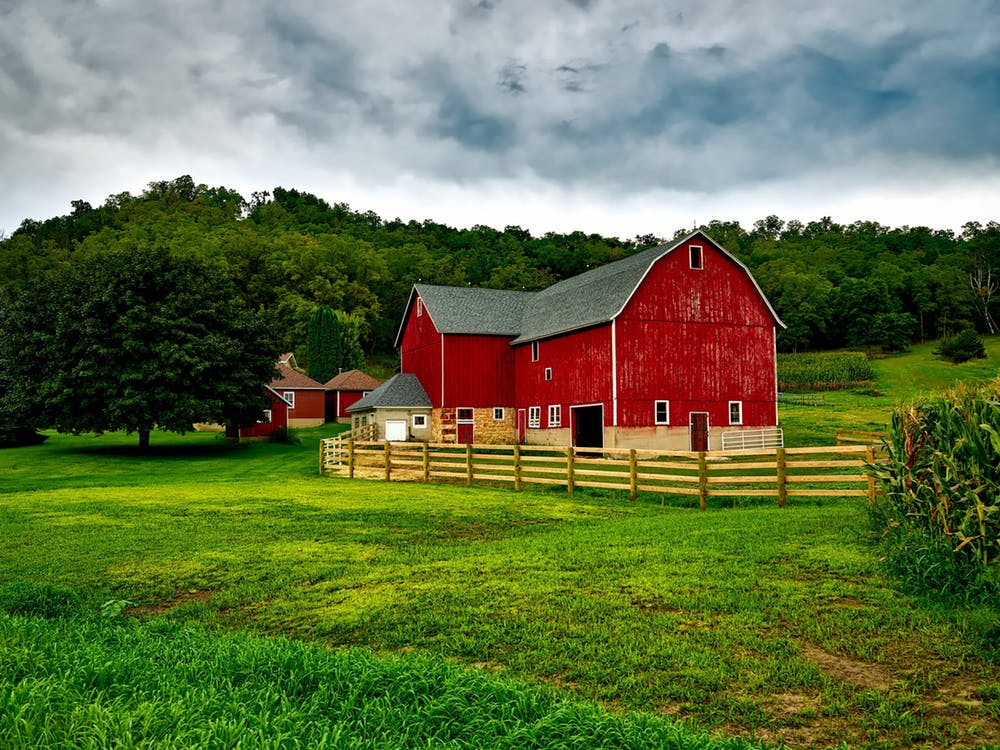Real Estate Law
The basic distinction in between “Building Law” and “Property Law” is that Real Estate Law is primarily– seventy-five percent (75%)– identified by a labyrinth of statutes and guidelines, both State and Federal, developed to safeguard the general public from predatory designers and loan providers; with a secondary– twenty-five percent (25%)– underlying foundation of British common law ideas of land ownership going back numerous a century. This hybrid combination can be confusing and hard to comprehend at times, however it is basically “set in stone.”
A great Property Lawyer will have the ability to guide you through the maze of statutes and policies, tell you what documents is necessary and required, and warn you regarding mistakes. Let’s put it by doing this … if you have 5 Property attorneys in the conference room, and you ask a specific concern, the lawyers will just vary slightly in their responses, and they will basically agree on the principles, if not always on the very best course to implement those ideas.
Building Law
Building and construction Law, on the other hand, is more practical, identified by the quickly evolving needs of the Building and construction Industries. A Construction Contract is– obviously– an agreement, and all of the statutes and case law concerning interpretation of agreements will use. The over-riding principle is implementing the truth of what it takes to build a structurally sound, safe residence or industrial building.
Resemblances
In both Real Estate Law and Construction Law, the Ordinances and Requirements of Local Municipalities play an essential function. In Real Estate Law, it’s the Zoning Ordinances and Codes, which limit the acceptable uses for a parcel of real residential or commercial property, and hence considerably affect its assessment.
Whether it’s a concern of Real Estate Law or Construction Law, you truly do need to know exactly what you are doing, and what the restrictions are. At first, New York City bought the structure to be torn down, but I think that– eventually– the contractors paid a very large fine, however were enabled to leave the building undamaged!
In Building and construction Law, it’s the Building and Security Codes, and Building ordinances. If you want to construct a new office structure in Los Angeles City, or Los Angeles County, you’re going to have to have a Building And Construction Law Attorney, or specialist, do a good offer of research study, and apply for the required permits and certificates.
Lots of Los Angeles office complex, built before more stringent building regulations were set up in 1974, were consequently required to do “Retrofitting.” Under the Retrofitting requirement, Fire Safety needed to be upgraded, with new and more advanced Sprinkler systems put in place. Minimum water pressure requirements were imposed, in addition to a myriad of requirements for heat-sensors and lawn sprinkler. Sometimes completely new ceilings were needed to be installed, so that the Sprinkler system heat sensors would work dependably.
Whether it’s a question of Real Estate Law, or of Building and construction Law, the basic advice is rather similar. As my grandfather, an old-world Russian Tailor by trade, used to say, when you’re stitching a winter coat (he worked for the pricey New york city outlet store … seasonal work, however quite steady from year to year) … “Step twice, but cut when!” As applied here, that suggests research, employ advisors, Property attorneys, Building Lawyers, hang-out at the Structure Department downtown, but understand what the issues are, before you buy your house, or develop the structure!




